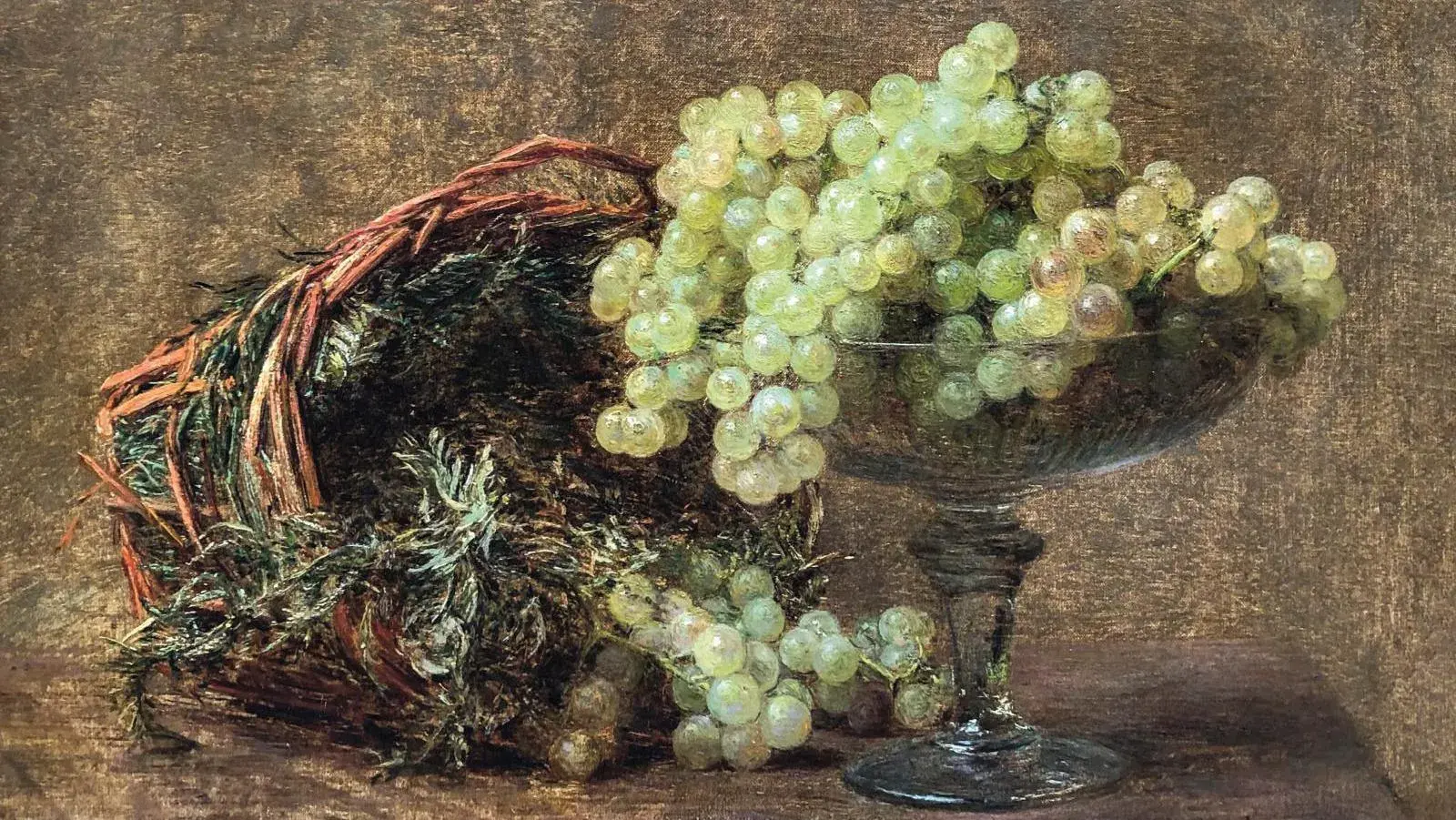Still Life with Grapes by Henri Fantin-Latour
Published on

While his portraits have gone down in history, Fantin-Latour's still lifes played a very special role in his career. The painter elevated this 'minor' genre to a high level of excellence. Henri Fantin-Latour (1836-1904), Nature morte au raisin dans une coupe de verre et panier d’herbes, (Still Life with Grapes in a Glass Bowl and Basket of Herbs), 1882, oil on canvas, signed and dated, 37 x 53 cm/14.56 x 20.86 in.Estimate: €100,000/120,00 “The simplest things, the most banal in appearance, have an interesting character; they must be rendered”, declared Henri Fantin-Latour. The painter has put this into practice with this canvas









